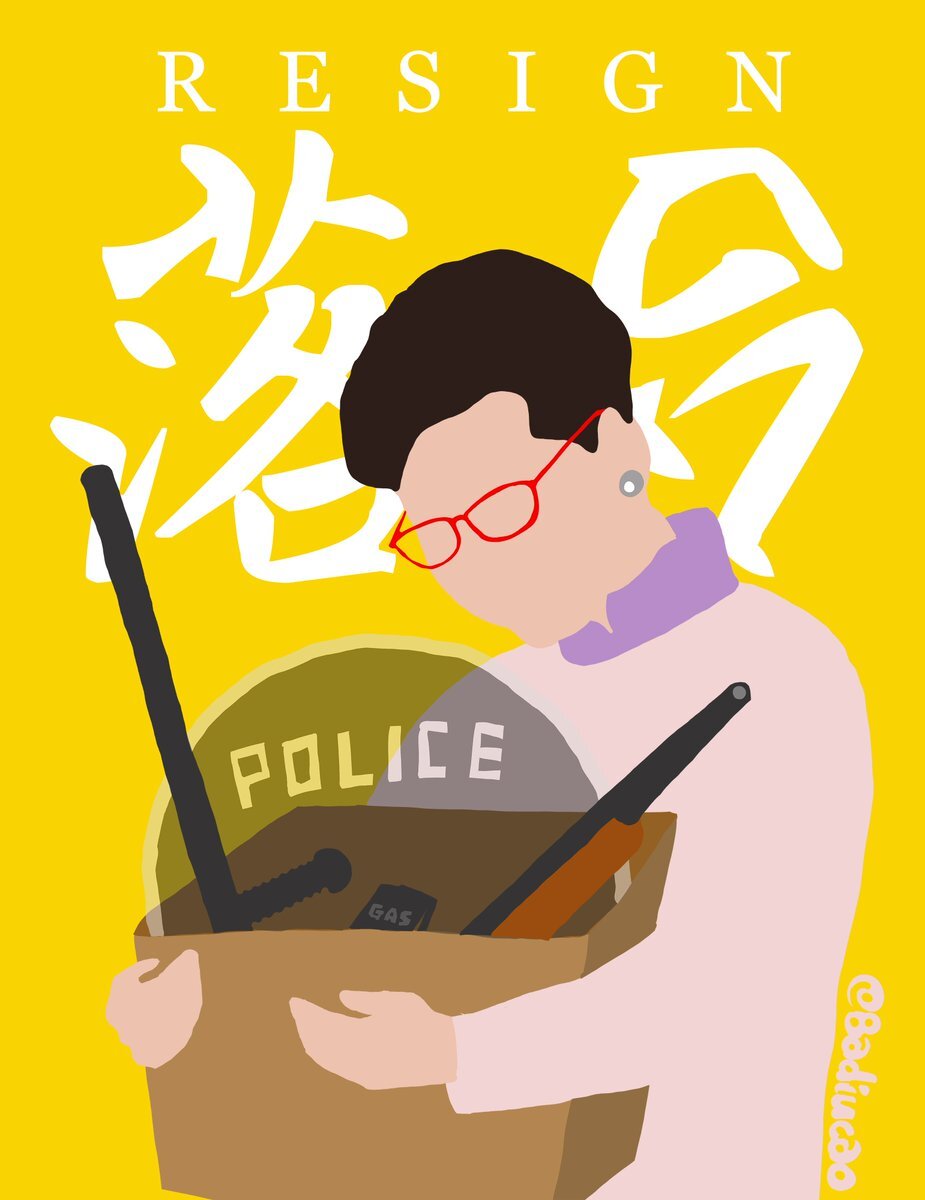Hong Kong and Cartoons: Art and Its Influence in the Pro-Democracy Protests
For anyone who has been living under a rock (or on top of a rock I guess), the protests in Hong Kong have now reached their fifth month of continuation. First initiated by opposition to an extradition bill passed in March, these protests have begun to draw international support such as the American Congress’ passing of bills in support of the defense of human rights and liberties in Hong Kong. On June 15, after 13 weeks of protests, Chief Executive of Hong Kong Carrie Lam announced that the government would suspend the bill.
The protests did not end, however. Many believed that the government had not done enough and a broader democractic regime change movement ensued. As of October 29, these protests show no sign of stopping anytime soon. But how has this movement been able to continue with increasing support?
Very early in the movement’s lifespan, cartoonists quickly began satirizing the extradition bill that Lam’s government had passed. Popular cartoonists such as Badicuao and Zuni released images depicting all sorts of rhetoric in favor of the protestors.
Outside of Hong Kong cartoonists, a popular image has taken root within the Hong Kong movement: Pepe the Frog. While the Anti-Defamation League has deemed Pepe as an alt-right image depicting racism and anti-Semitism, he has taken on a new role for the protestors in Hong Kong. In an interview with the New York Times, resident of Hong Kong Emily Yue said, “different countries have very different cultures… symbols and colors that mean something in one culture can mean something completely different in another culture.”
It has also led to the creation of “sticker packs” for use on apps like WhatsApp and Telegram depicting Pepe wearing the garb of protesters.
Cartoons are a large part of the peaceful protests of Hong Kong. “Shrines” to Lam have been established all throughout the city satirizing her government and the people’s oppression.
Before the ban on mask usage by Lam and the Hong Kong government, protesters even began to wear masks of Winnie the Pooh and other childhood favorites to further show how they are the innocent group being oppressed by the Communist government.
While there is no evidence to show that cartoons have encouraged the growth of the protest movement, they are without question a result of state oppression and show the large pro-democratic sentiment within the city. These cartoons have undoubtedly proved to serve as a free press of sorts filled with anti-government and pro-democratic ideas that are much harder to restrict since they are not mainstream news outlets.
For more information, see the Associated Press and the Hong Kong Free Press.



